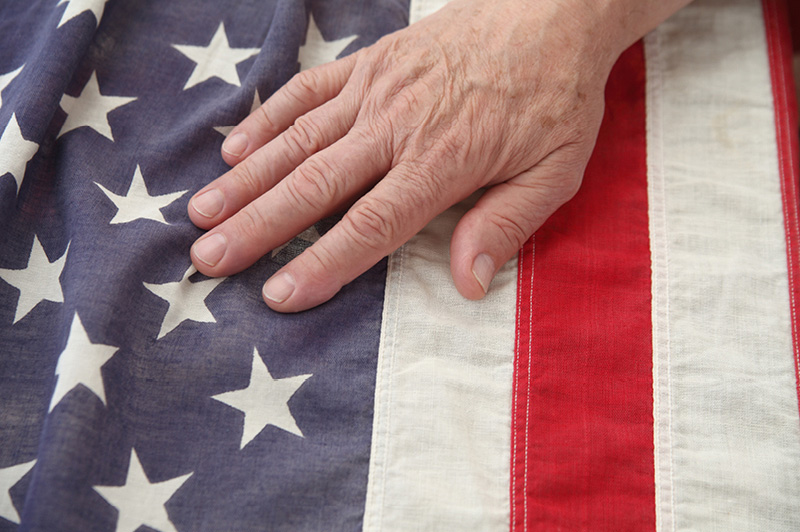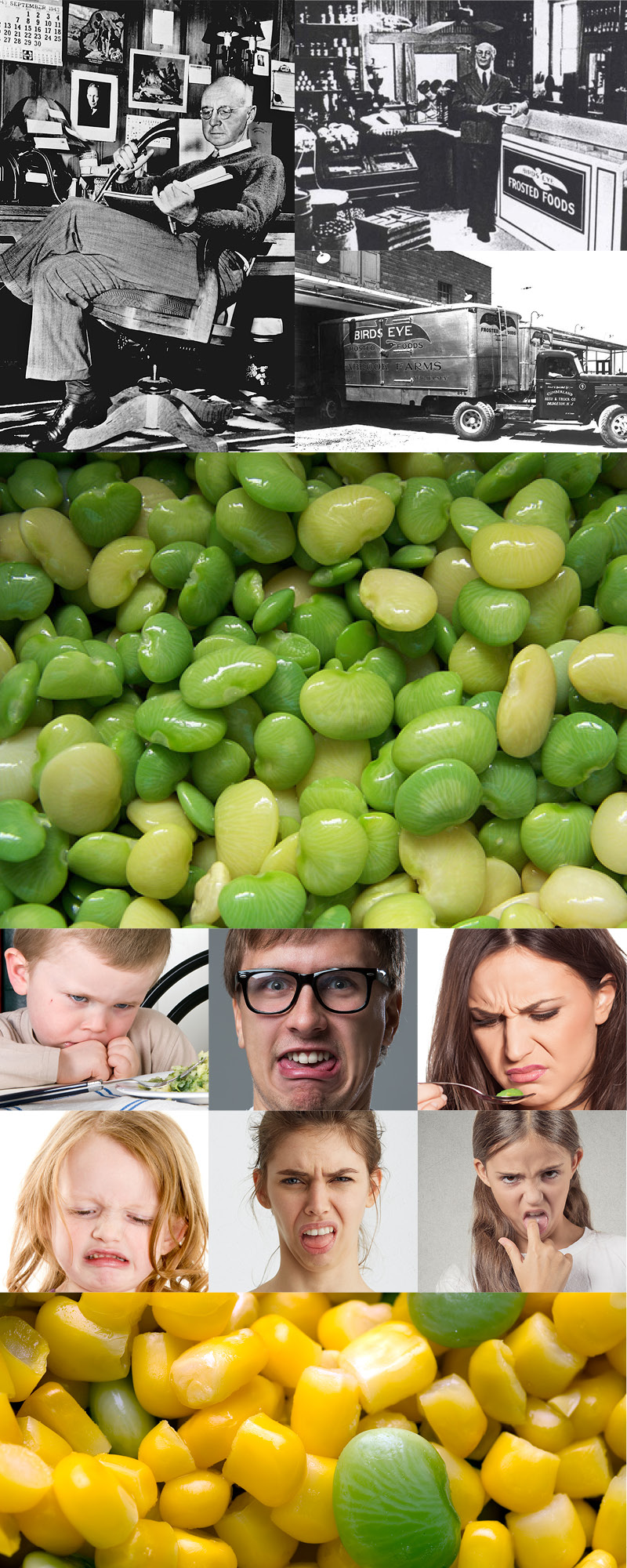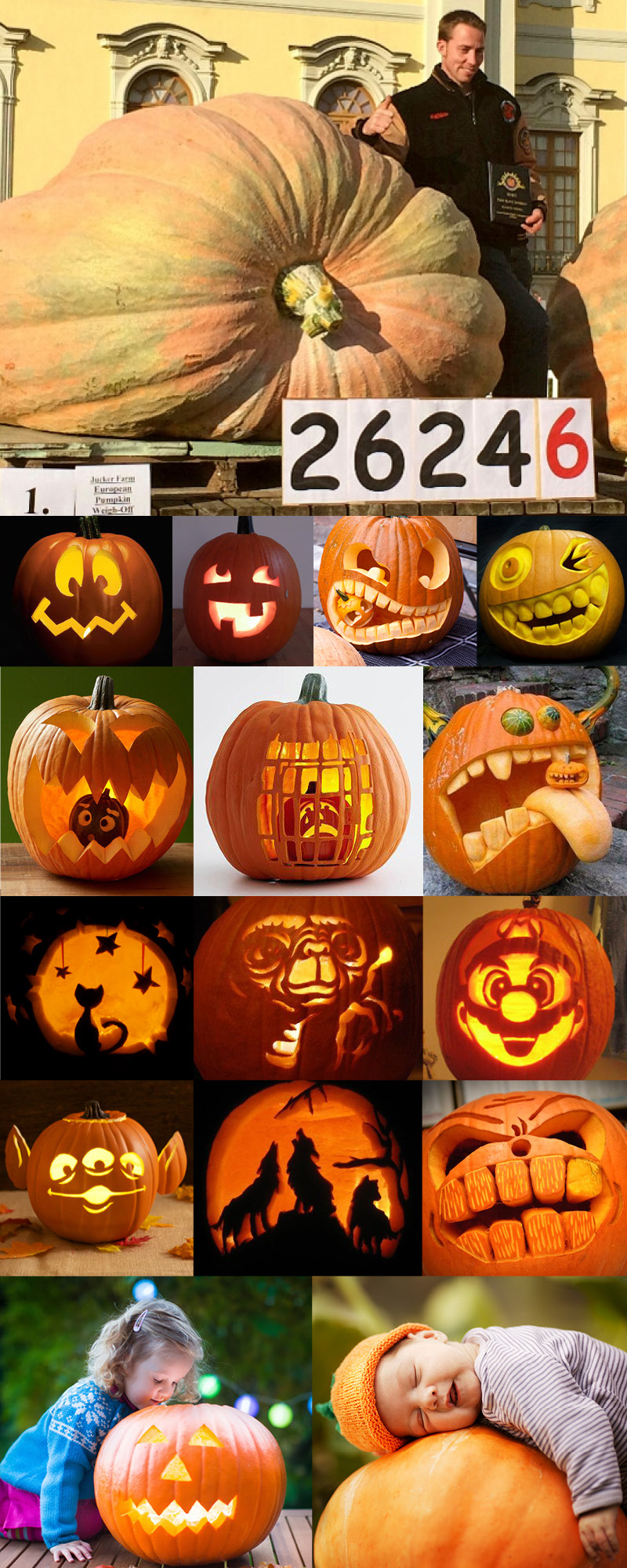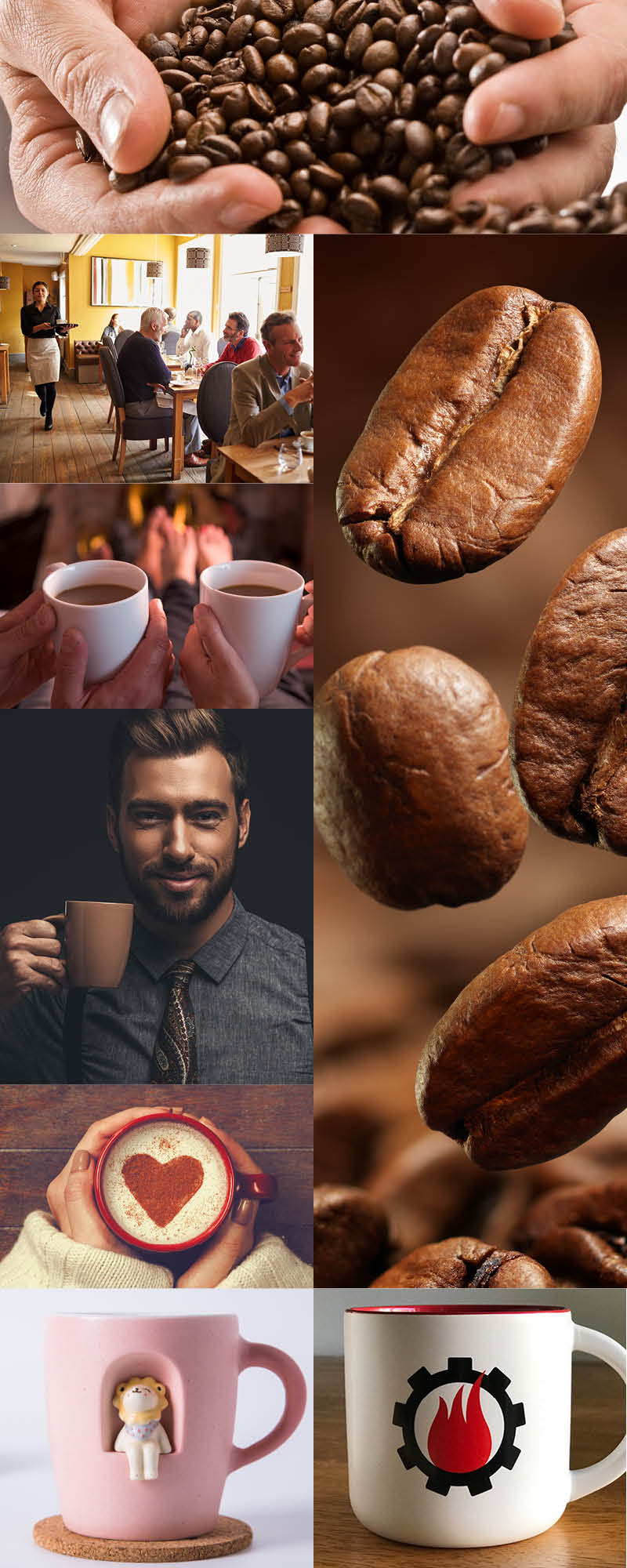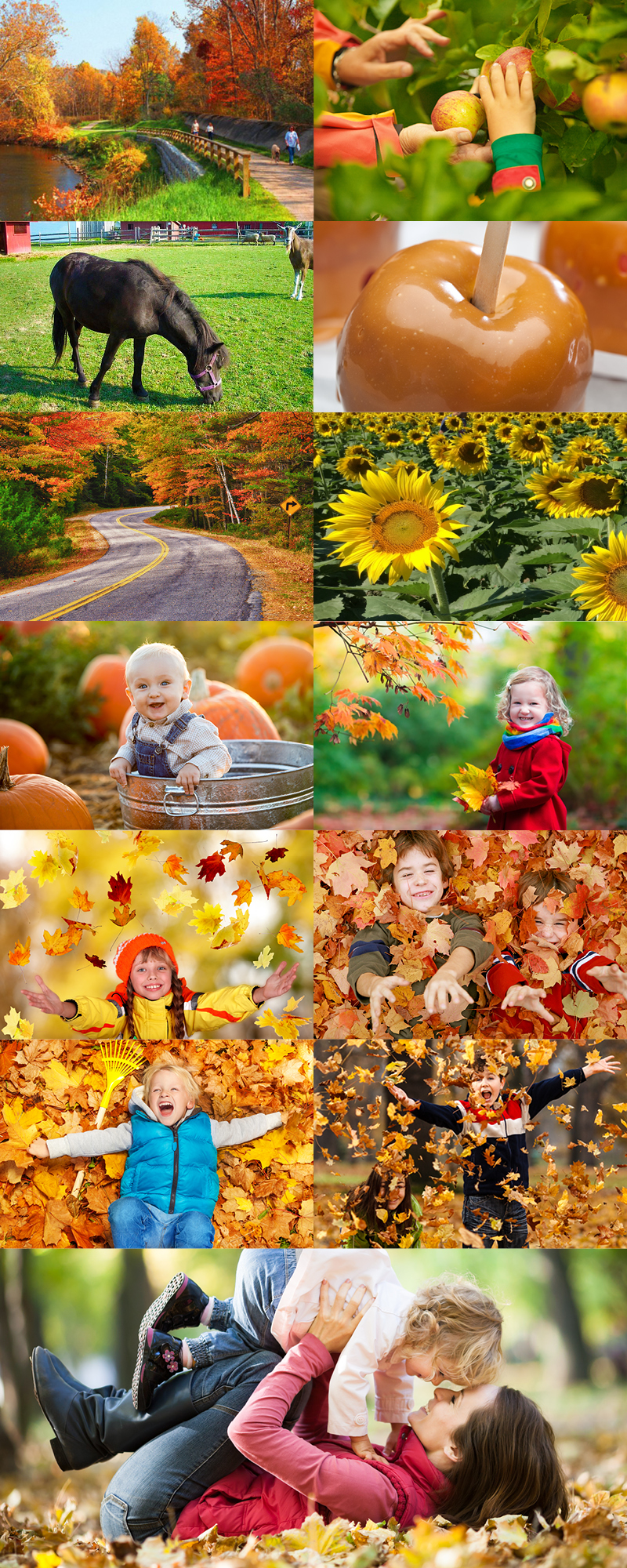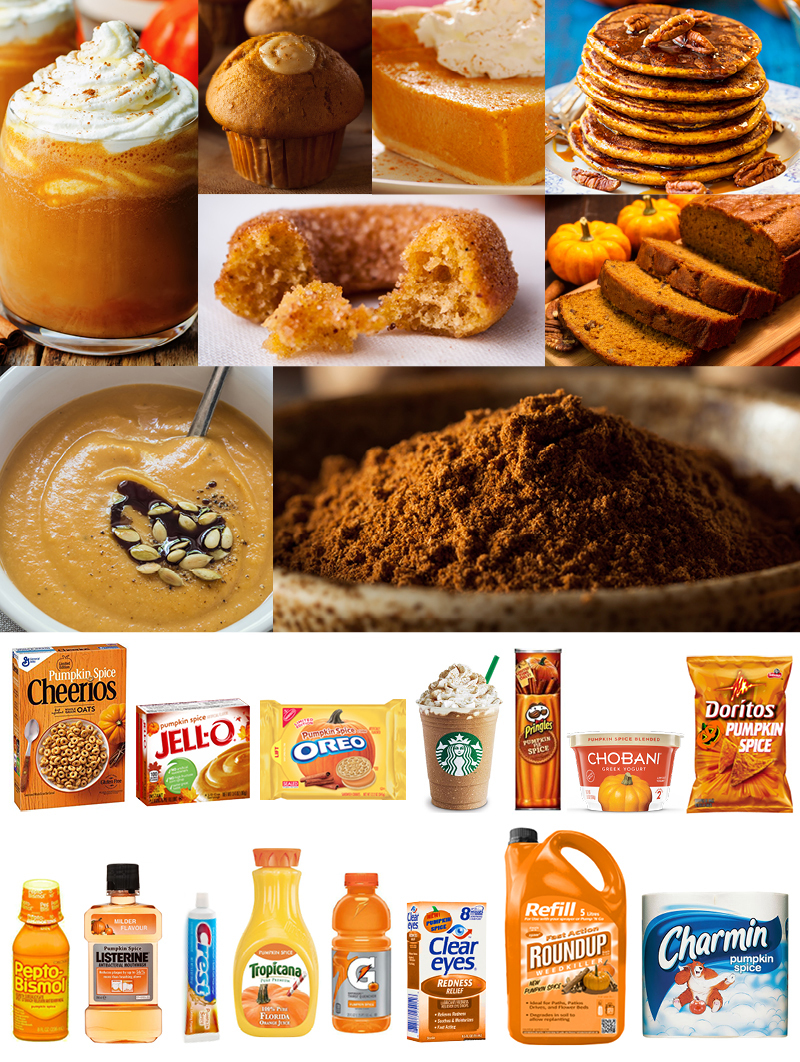There’s only one … Mom’s of course.
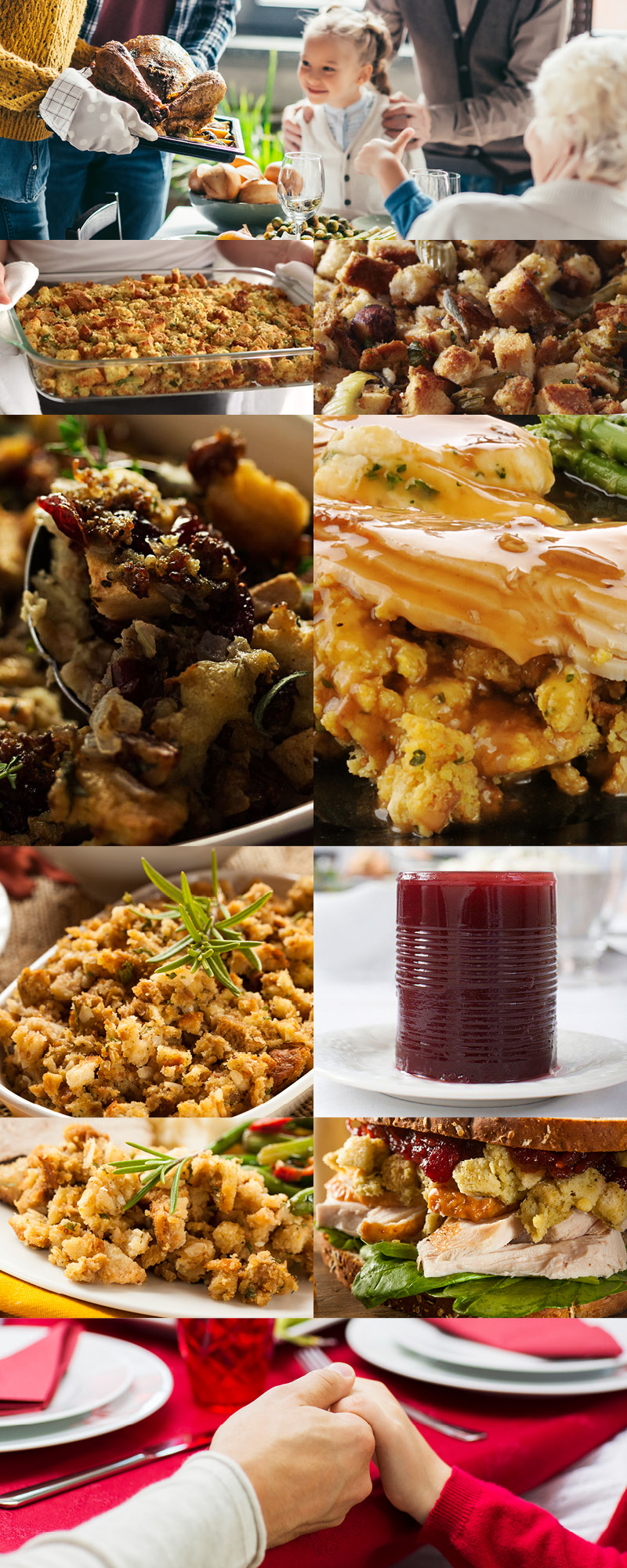
Thanksgiving Day = Turkey but this blog is all about Stuffing. (Oh, and a nod to jellied cranberries) Smells sooo great right out of the oven. Tastes sooo great, too. I’ve tried different recipes and I haven’t met a stuffing I haven’t loved. Stuffing left-overs are great on a sandwich, too. So, say your Thanksgiving grace and serve plenty of stuffing.
Thanksgiving is coming, and with it, one of my favorites – stuffing. Hot or cold, with gravy or without, snack or meal, it’s heaven. Remember stuffing is a wonderful breakfast food also. And I’m guessing, like you, there’s nothing quite like Mom’s. I was always responsible for the “stuffing” part! Now don’t get me wrong, I LOVE Jackie’s recipe, filled with goodness and smothered with her fantastic gravy! As far as I am concerned, Turkey – Stuffing and gravy along Jellied cranberries and I am a happy man! I can still remember my first Thanksgiving with Jackie, as a new couple just starting out and the smell of her savory dressing filling the kitchen. Since I come from a relatively large family my perspective on how much stuffing and cranberry sauce needed was slightly different from Jackie’s. Who doesn’t buy the cans of cranberries when they were 10 for $10? You have to buy 10 correct?
For my history buffs, here’s some great info on stuffing. And for my fellow foodies, some great recipes from around the country. Cornbread or white bread? Just the crust? Store bought cubes, or sour dough? Have fun and ENJOY!
Stuffing, filling, or dressing is an edible substance or mixture, often a starch, used to fill a cavity in another food item while cooking. Many foods may be stuffed, including eggs, poultry, seafood, mammals, fruits and vegetables.
Traditionally, turkey stuffing often consists of cornbread or dried bread, in the form of croutons, cubes or breadcrumbs, mixed with onion, celery, salt, pepper, and other spices and herbs such as summer savory, sage, or a mixture like poultry seasoning. Many families add sausage, raisins, cranberries, bacon, mushrooms, kale, apples and more. Experimenting is fun and easy to get a great complimentary flavor profile. Popular additions in the UK include giblets, dried fruits and nuts (notably apricots and flaked almonds) and chestnuts.
Many types of vegetables are also suitable for stuffing, after their seeds or flesh has been removed. Tomatoes, capsicums (sweet or hot peppers), vegetable marrows (e.g., zucchini) may be prepared in this way. Cabbages and similar vegetables can also be stuffed or wrapped around a filling. They are usually blanched first, to make their leaves more pliable. Then, the interior may be replaced by stuffing, or small amounts of stuffing may be inserted between the individual leaves.
Almost anything can serve as a stuffing or filler. Many popular Anglo-American stuffings contain bread or cereals, usually together with vegetables, herbs and spices, and eggs. Middle Eastern vegetable stuffings may be based on seasoned rice, on minced meat, or a combination thereof. Other stuffings may contain only vegetables and herbs. Some types of stuffing contain sausage meat, or forcemeat, while vegetarian stuffings sometimes contain tofu.
It is not known when stuffings were first used. The earliest documentary evidence is the Roman cookbook, Apicius De Re Coquinaria, which contains recipes for stuffed chicken, dormouse, hare, and pig. Most of the stuffings described consist of vegetables, herbs and spices, nuts, and spelt (an old cereal), and frequently contain chopped liver, brains, and other animal parts.
Ancient Romans, as well as medieval chefs, cooked stuffed animals with other animals. An anonymous Andalusian cookbook from the 13th century includes a recipe for a ram stuffed with small birds. A similar recipe for a camel stuffed with sheep stuffed with bustards stuffed with carp stuffed with eggs is mentioned in T.C. Boyle’s book Water Music. Today families enjoy “turducken” (turkey stuffed with a boned duck stuffed with a boned chicken)
Names for stuffing include “farce” (~1390), “stuffing” (1538), “forcemeat” (1688), and relatively more recently in the United States; “dressing” (1850).
Oysters are used in one traditional stuffing for Thanksgiving. These may also be combined with mashed potatoes, for a heavy stuffing. Fruits and dried fruits can be added to stuffing including apples, apricots, dried prunes, and raisins. (Although I have said I eat anything.. NOT THIS ONE!)
In addition to stuffing the body cavity of animals, including birds, fish, and mammals, various cuts of meat may be stuffed after they have been deboned or a pouch has been cut into them. Popular recipes include stuffed chicken legs or breasts, stuffed pork chops, stuffed breast of veal, fish, as well as the traditional holiday stuffed turkey or goose.
British celebrity chef Hugh Fearnley-Whittingstall has championed the ten-bird roast, calling it “one of the most spectacular and delicious roasts you can lay before your loved ones at Yuletide”. A large turkey is stuffed with a goose, duck, mallard, guinea fowl, chicken, pheasant, partridge, pigeon, and woodcock. The roast feeds approximately 30 people and, as well as the ten birds, includes stuffing made from two pounds of sausage meat and half a pound of streaky bacon, along with sage, and port and red wine.
American couples often have to reconcile competing stuffings as part of the ritual of bonding for the holidays. One Minneapolis woman, who spoke on condition of anonymity to avoid family discord, said she and her husband were so attached to their mothers’ stuffing recipes that they had to alternate years at each table. ”I hate my mother-in-law’s stuffing — she uses chestnuts — and when I have to go to her house, I always stop off at my Mother’s on the way home,” she said. ”She leaves a container of stuffing in the refrigerator for me, and I eat it in the car.”
The stuffing mixture may be cooked separately and served as a side dish. For turkeys, for instance, the USDA recommends cooking stuffing/dressing separately from the bird and not buying pre-stuffed birds. (Stuffing is never recommended for turkeys to be fried, grilled, microwaved, or smoked).
The United States Department of Agriculture (USDA) states that cooking animals with a body cavity filled with stuffing can present potential food safety issues. These can occur because when the meat reaches a safe temperature, the stuffing inside can still harbor bacteria (and if the meat is cooked until the stuffing reaches a safe temperature, the meat may be overcooked).
Ok, gather your ingredients
and let’s make stuffing!
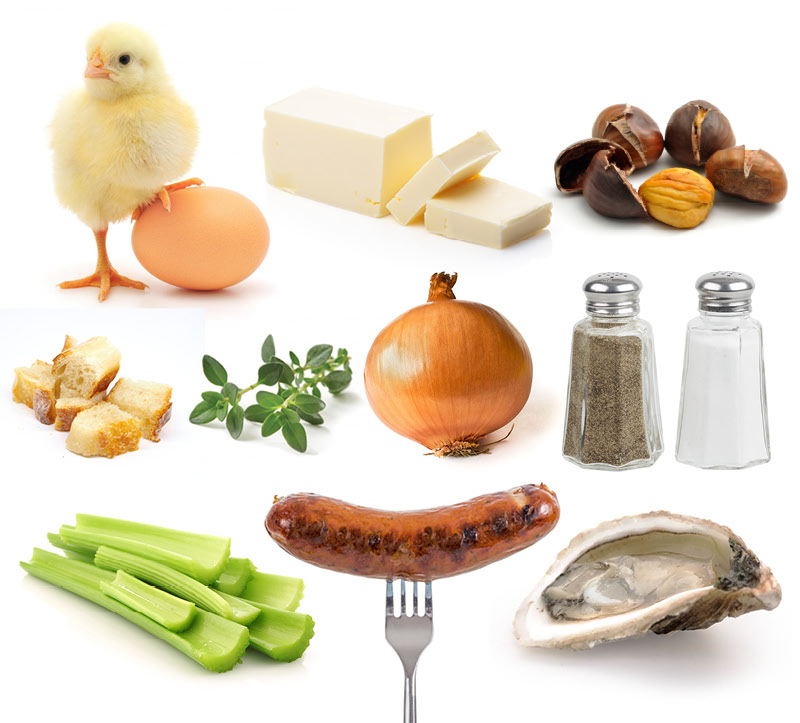
TRADITIONAL STUFFING RECIPE
Time: About an hour
½ c. margarine
5 large celery stalks
1 large onion
1 tsp. dried thyme
¾ tsp. salt
½ tsp. pepper
½ tsp. dried sage
1 can chicken broth
2 loaf sliced firm white bread
½ c. loosely packed fresh parsley leaves
(then have fun – raisins, cranberries, sausage, almonds, apples or chestnuts)
- Preheat oven to 325 degrees F. In 12-inch skillet, melt margarine or butter over medium heat. Add celery and onion, and cook 15 minutes or until tender, stirring occasionally.
- Stir in thyme, salt, pepper, sage, chicken broth, and 1/2 cup water; remove skillet from heat.
- Place bread cubes in very large bowl. Add celery mixture and parsley; toss to mix well.
- Spoon stuffing into 13-inch by 9-inch glass baking dish; cover with foil and bake 40 minutes or until heated through.
- Blend in dry or wet “fun” ingredients about half way through cooking (good to pre-cook sausage).
RICH CORN BREAD DRESSING
Time: About an hour
6 1/2 ounces butter (13 tablespoons)
6 cups crumbled corn bread
6 cups torn crusty white bread, such as a baguette
2 cups chopped onion
2 cups chopped celery
1/2 to 1 teaspoon dried sage (optional)
2 teaspoons salt
Black pepper
6 eggs, beaten
1 1/2 cups heavy cream
2 cups turkey or chicken broth
2 dozen shucked small oysters, with their liquid (optional).
- Heat oven to 400 degrees, and butter a 9-by-13-inch baking dish. Melt remaining butter. In a large bowl, combine corn bread, white bread, onion, celery, sage, salt and pepper to taste. Toss until well mixed. Add melted butter, eggs, cream and 1 1/2 cups broth. Toss in oysters, if using. Mix lightly but well; mixture should be very moist.
- Turn mixture into prepared dish. If mixture seems dry around edges, drizzle on remaining broth. Bake 45 minutes to 1 hour, until firm and browned on top.
Yield: 12 servings.
SAUSAGE STUFFING WITH SUMMER SAVORY
Time: About an hour
2 tablespoons butter
Pinch of salt
4 medium-size russet potatoes, peeled
2 tablespoons olive oil
2 medium onions, chopped
2 large stalks celery, chopped
1 pound breakfast pork sausage meat, crumbled
2 cups cubes made from crusty white bread, such as a baguette, toasted
1 cup low-sodium or homemade chicken broth
Pepper to taste
1 to 2 teaspoons dried summer savory.
- Heat oven to 375 degrees, and butter a 9-by-13-inch baking dish.
- Boil potatoes in salted water until just cooked through but still firm in center. When cool, cut into 1-inch dice. Set aside.
- Melt remaining butter and oil together in large skillet over medium heat. Add onions and celery, and cook, stirring, until softened. Reduce heat if necessary to prevent browning.
- Raise heat to medium-high, add sausage and cook, stirring, using a wooden spoon to break up clumps. When sausage has browned slightly add potatoes, and continue cooking until they are incorporated and slightly browned. Add bread cubes, and mix.
- Add about half the broth, and mix. If needed, add more to soften bread cubes and to bind the stuffing together. Add salt and pepper to taste, and sprinkle with 1 teaspoon summer savory. Taste, and add more savory if desired.
- Turn into buttered dish. If mixture seems dry, drizzle on remaining stock. Bake 30 to 40 minutes, until firm and crusty. (The stuffing is even better if mixed in advance, kept refrigerated and baked just before serving.)
Yield: 10 to 12 servings.

